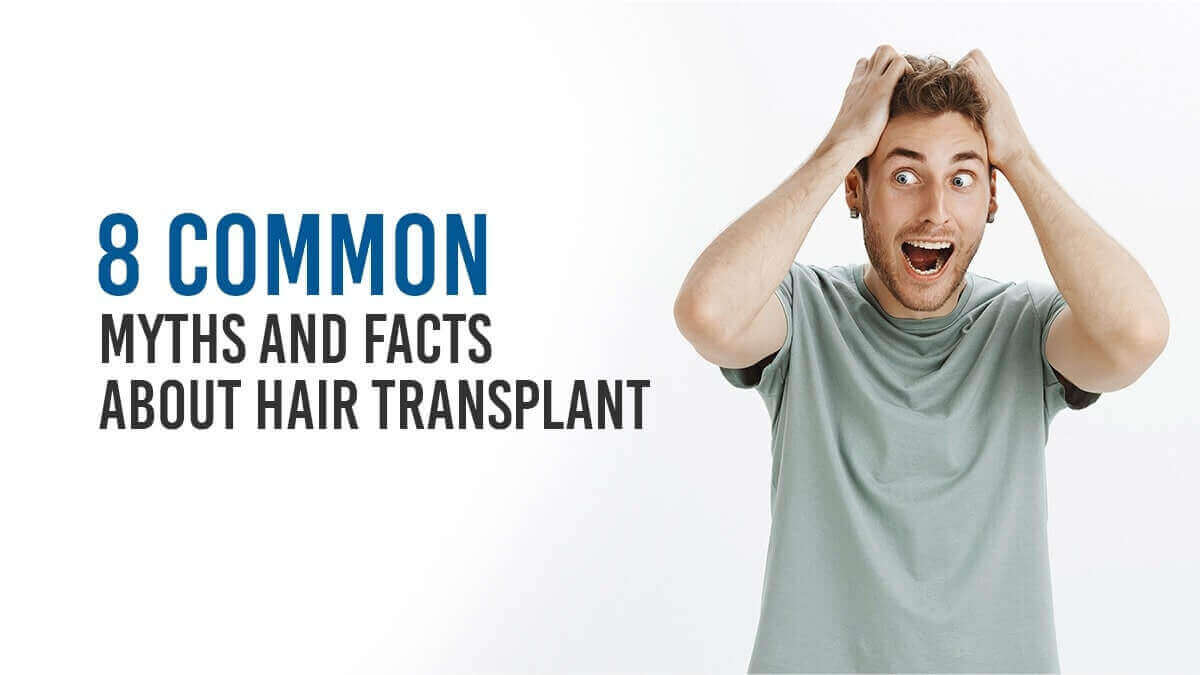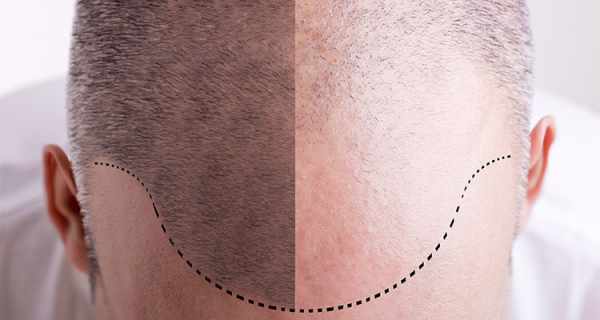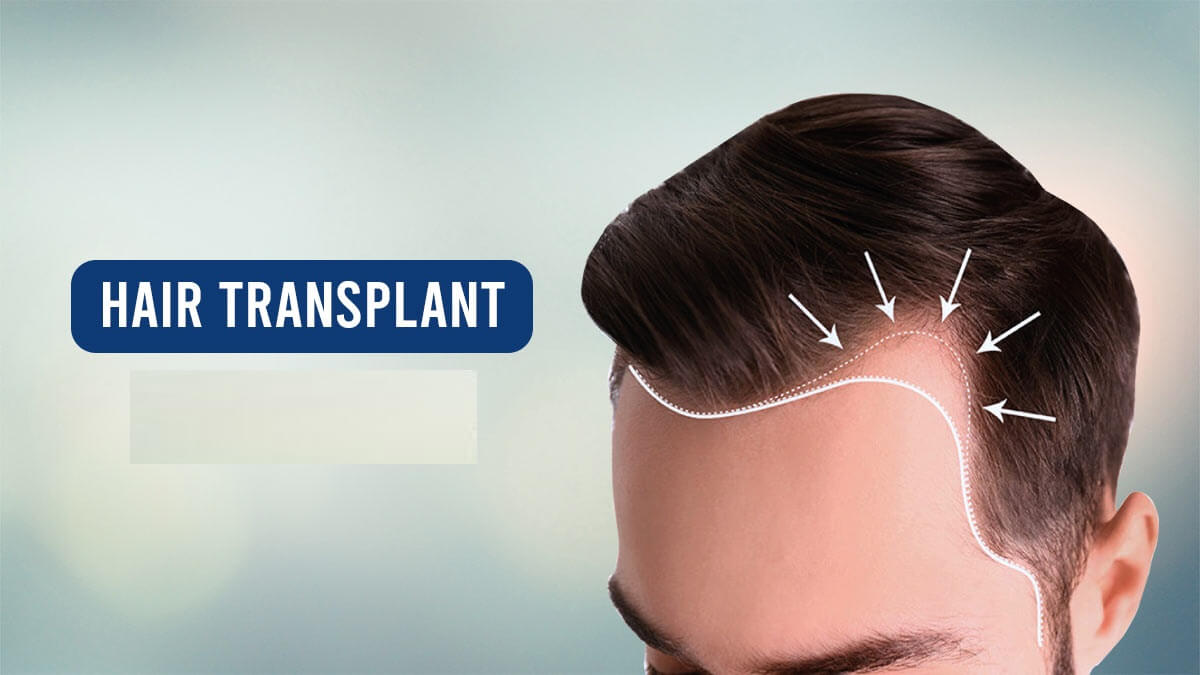Look in the mirror.
Are you noticing hair getting thinner and thinner?
Does it feel like the top of your head is going bald?
Are you seeing too many strands of your hair left behind in your comb, on your pillowcase and everywhere around?!
Do not neglect these signs because these are indicators of Female Pattern Thinning.
It is a common misconception that its only men who go bald; that women may face hair loss but can never go bald. We know for sure that this expectation is far from reality!
Nowadays Trichologists are seeing many women losing hair at a very young age, and an alarming rate of women patients who are facing advanced stages of hair thinning. In India or elsewhere in the world, there is a considerable amount of importance attached to women’s hair. The hair care industry has built itself carefully around this, and most hair care products are designed for women. There is no doubt that there is a social norm or belief, that a woman’s hair is one of her most significant assets. Although short hair is often more practical, as well as very chic, many women hesitate to let go of those long curls. In traditional households, anything shorter than shoulder length hair is a strict no. Given the importance of hair, women justifiably panic when they start having hair loss. Going bald is a thought that a woman can perhaps not even comprehend in her mind!
Let’s dive into this topic and understand the reality of hair thinning and balding in women.
Do you know male pattern thinning and female pattern thinning are different?
In male pattern thinning, hair becomes U-shaped, where thinning starts on the crown and advances to thin at the top of the head. In women, Androgenetic Alopecia appears as diffuse hair loss or thinning in the front-vortex region (i.e., on top of the frontal area) and the frontal hairline is spared in most cases. Female pattern thinning is gradual, and hair loss happens at a slower rate than in men. So, it occurs much later in life.
When and why it starts

The crux of the problem lies with our hormones. Women have male hormone Androgen which is responsible for growing hair all over the body and the female hormone Oestrogen. Androgenetic Alopecia occurs in men who are genetically predisposed to this kind of baldness in which androgen destroys the hair follicles. Fortunately for women, the hormone Oestrogen counteracts the adverse action of Androgen but in times when the Oestrogen level fluctuates, Androgen attacks the hair follicles, and hair begins to thin.
For example, before menopause, when the hormone Oestrogen is high, it will have a protective effect against the small amount of testosterone that women also produce. After menopause, the hormone Oestrogen slows down or stops altogether which results in Female Pattern Thinning in women. The other causes of such thinning are stress, use of oral contraceptives, childbirth, procedures such as hysterectomy or hormone-replacement therapy. Abnormally high levels of the male hormone, Androgen, can also lead to a violent attack on the hair follicles causing Female Pattern Thinning.
Symptoms of female pattern thinning
Female pattern thinning causes excessive oiliness of the scalp and face, tender and painful scalp, and growth of hair on the face and skin.
Does the hair thin faster in women?
The overall rate of hair loss varies from person to person and some may even have spontaneous but temporary hair re-growth. Underlying systemic reasons like Thyroid problems, PCOD, fibroids etc are known to worsen the thinning quickly. Some women can take 25 years to reach baldness, and others might take just to go extensively bald. Hormone production varies with the season as well. Testosterone production increases and decreases with seasons. (Testosterone, when converted to DHT, adversely affects the hair follicles). Further, women have a monthly hormone cycle as well.
What are the treatment options?
In male pattern thinning, areas of skin may become utterly devoid of hair, but in female Pattern Thinning, excessive thinning occurs and creates thinner hair fibres. There is less destruction of the hair follicles in specific regions of the skin. This means that regenerating your hair is more comfortable to achieve for women.
You can’t prevent female pattern baldness. But there are ways and means to treat it and protect the hairs from breakage & further loss.
Treatment options for female pattern baldness include,
1) Minoxidil
Minoxidil is known for its hair growth stimulating actions when applied topically and is mainly prescribed to cure hair loss in people under the age of 40 years. Although minoxidil is used to encourage hair growth the use of this medication does not cure baldness. It is only a temporary fix. In the long run, this can cause systemic side effects.
2) Hormonal treatment
Hormones that block the effects of androgens are also often used to prevent the progression of hair loss in female pattern baldness, but certain medications should be avoided in women in reproductive age since it has side effects. For instance, Aldactone, popularly used as anti-androgens, cause discomfort like mastodynia (pain & engorgement of breasts).
3) Natural Treatment
In women, natural treatment for baldness is preferable as hormone replacement therapy has side effects. Dong Quai Complex made from a plant called Dong Quai and Mega Femme tablets which are made from Peruvian herb – Both have natural estrogen and show useful results when hair thinning occurs due to low levels of estrogen. A professional hair doctor can guide on natural supplements that can aid the process. Self-medication and experiments are best avoided.
Some foods such as Soy, Flax seeds, Walnuts and Yam exhibit oestrogenic properties and offer great support to baldness treatment.
4) Hair Transplant
Yes. Hair transplant IS an option for women suffering from female pattern baldness. It is more a permanent solution for someone with irreversible hair loss and thinning.
Hair transplantation is a surgical procedure that moves hair and hair follicles from a part of your body called the donor site to the bald or balding part called the recipient site. It needs to be handled at a reputed clinic, by a skilled surgeon, in a safe & hygienic operation theatre, with best-in-class technology, to yield the best results.
A good example is RichFeel, who are pioneers in the field of Hair Transplant. Through its alliance with Ailesbury Hair Clinic of London, RichFeel introduced AHI technique of Hair transplant in India. It is the most advanced technique of hair transplant available today. Click here to know more about it. Such clinics also offer the No-Shave option on consultation, which most women opt for.
You can read our various blogs on hair transplant to understand all about it.
Female pattern thinning cannot be prevented but can be controlled with the treatments mentioned above. It would be wise to go for a Hair check-up at least once every 6 months, to identify problems, if any, track the course and take preventive measures to take control of your hair’s health. Meet a Trichologist, a hair doctor, for a complete analysis of your hair & scalp, reading it together with your medical case history, diagnose the condition to guide you on the right way forward.
So yes, the reality is that women do face the challenge of balding. But it is not something that needs to be endured.
If you are a woman and you suspect your hair growing thin, or spot any of the discussed symptoms, don’t be upset or lose your self-confidence.
Trichology exists so that you can stay confident.
Get in touch with a Hair Doctor and leave your hair worries behind.



